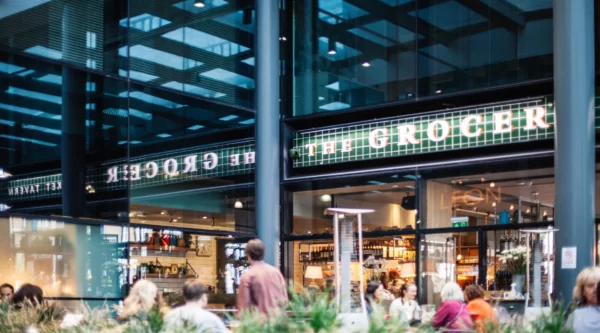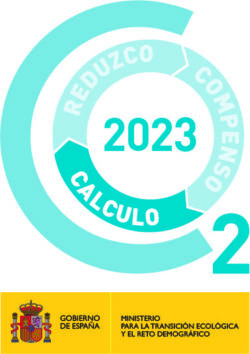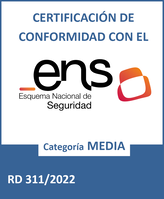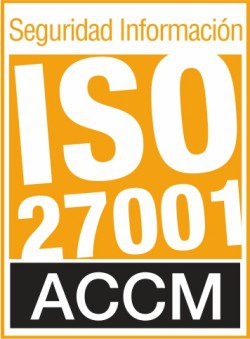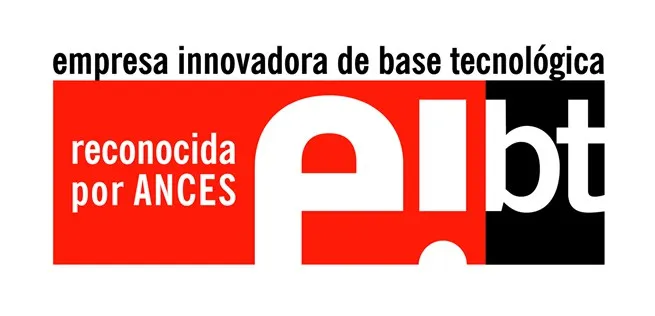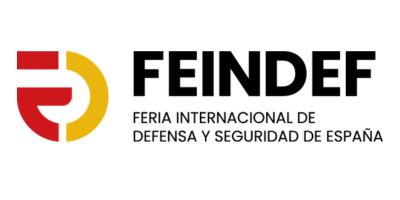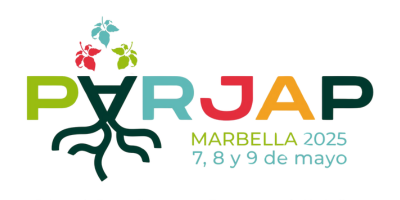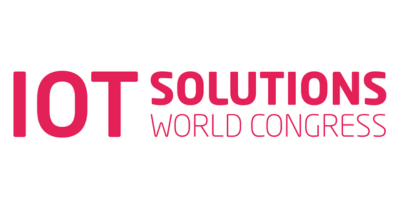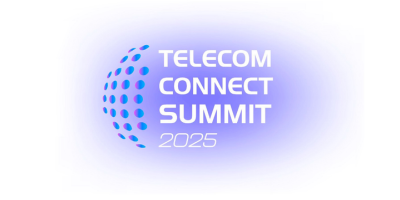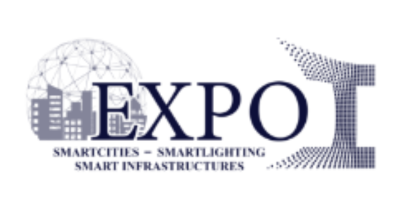In an increasingly connected world, urban digital twins are consolidated as key tools for the design, monitoring and intelligent management of our cities. Combined with technologies of artificial intelligence , these models allow urban environments to be transformed into safer, more sustainable and efficient spaces .
What is an urban digital twin?
An urban digital twin is a real-time virtual replica of a city, infrastructure, or urban network. This digital model is fed with constantly updated data from sensors, cameras, weather stations, and other connected devices to simulate the behavior of the physical environment, enabling behavior prediction, virtual testing, and optimization of operations. All this without having to alter the physical space.
Unlike a simple 3D model, a digital twin is dynamic and interactive : it reflects changes occurring in the city and enables data-driven decisions . When integrated with AI, it becomes a powerful platform for predicting, automating, and responding to critical events.

Applications of digital twins in urban management and security
The implementation of digital twins is revolutionizing various areas of urban management. These are some of the most relevant applications:
1. Predictive monitoring
AI analyzes patterns of behavior in the city (mobility, traffic, weather, human behavior) to anticipate risks such as congestion, accidents, or emergency situations.
2. Emergency simulation
It allows for the virtual recreation of evacuation, flood, fire or structural collapse scenarios , helping authorities prepare more effective protocols and train their teams.
3. Management of critical infrastructures
Systems such as street lighting, traffic lights, surveillance cameras, power grids, and environmental sensors can be monitored in real time and controlled remotely.
4. Analysis of mobility and urban behavior
Identifying bottlenecks, traffic patterns, or high-density areas can improve road safety and optimize public transportation.
5. Smart waste management
Thanks to fill sensors and optimization algorithms, collection routes can be redesigned and emissions, costs, and citizen inconvenience can be reduced .
6. Automated response
Digital twins can activate security protocols in real time: turning on lights in sensitive areas, closing access points, issuing alerts, or coordinating with emergency services.
7. Police and emergency coordination
The platforms can be integrated with local police and emergency services systems, sharing information in real time for faster and more accurate response.
8. Environmental monitoring
Continuous measurement of pollution, noise, temperature, air and water quality , essential for public health and urban sustainability .
9. Maintenance of green spaces and intelligent irrigation
Sensors in parks and gardens allow irrigation to be adjusted based on soil moisture and weather forecasts, reducing water consumption and improving maintenance.
Cities like Singapore , Helsinki , and Barcelona are already using digital twins to improve urban planning, mobility, energy efficiency, and emergency management. These initiatives demonstrate that this is not just a promise for the future, but a mature and expanding technology .
Due to their potential to improve operational efficiency and competitiveness in various sectors, digital twins are one of the technological strategies included in the Spain Digital Agenda and the Government of Spain’s Recovery, Transformation, and Resilience Plan.
Cybersecurity challenges in digital twins
The adoption of digital twins also entails cybersecurity risks , especially in urban environments where any failure can have a direct impact on citizens. According to INCIBE , these are some of the main threats that must be taken into account:
Main threats:
Data manipulation : Intentional alteration of real-time data can lead to erroneous decisions with operational consequences.
Vulnerabilities in IoT devices : Misconfigured sensors and connected systems can be a gateway for cyberattacks.
Denial of service (DoS) attacks : These can block communication between system elements, affecting their functionality.
Heterogeneous infrastructure : Comprised of a variety of technologies and vendors, infrastructure presents significant management and maintenance challenges, as each component may require specific resources that, over time, may become obsolete or incompatible with existing systems or future deployments. To address this challenge, OdinS appliances work with open data and are interopable , meaning they are compatible with third-party technologies.
Recommended measures:
Implement continuous monitoring and real-time threat detection.
Use encrypted protocols and strong authentication to protect data.
Apply network segmentation to contain threats in the event of an intrusion.
Properly manage the lifecycle of IoT devices.
Promote cybersecurity training and awareness at the institutional level.
Ensuring the cybersecurity of digital twins is not optional: it is an essential requirement for their proper functioning and for preserving public trust in digital public systems.
The future: data-driven smart cities
The combination of urban digital twins with AI marks a turning point in the digital transformation of cities . These systems offer a comprehensive and integrated view that enables governments to make more agile, informed, and sustainable decisions .
In addition, they promote public policies focused on improving citizens’ quality of life and efficient resource management.
Talk later?
Discover our smart city solutions or contact us through our contact page.


